Phonological Awareness Activities for Struggling Readers
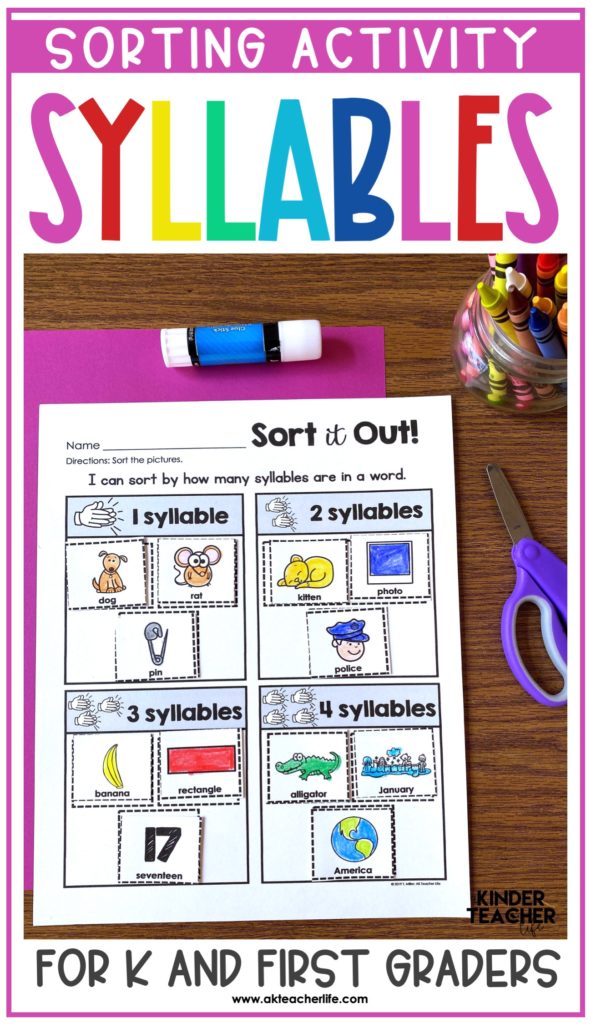
I often have students who struggle with hearing sounds in words, impacting their ability to decode words. If students struggle with decoding words, then they tend to struggle with reading words in text too. Here are some phonological awareness activities to support struggling readers.
What’s the difference between phonological awareness and phonics?
First, phonological awareness is defined as sounds that makeup words. Phonics is connecting sounds to print. An example of phonological awareness is when the teacher asks what the beginning sound of the word cat is. A phonics activity would be the teacher writing the word cat on the board and asking students to identify the sounds in the word.
When we teach kindergartners their sounds for the first time, we usually start with phonological awareness activities. During guided reading, we typically do a quick 5-minute phonological awareness that could include rhyming words, counting syllables, and so on. We do these lessons orally.
There are tons of assessments that you could use to figure out where your students are in these skills. Most curriculums come with these assessments, or you may have to use district-mandated programs. The critical takeaway is to use that data to determine what lessons you will teach and monitor your students through data collection.
How long should I teach a phonological awareness lesson?
If you have students that struggled with phonological awareness, you should incorporate a mini-lesson that targets that specific skill in your small group setting. Like I said before, it should be about 5 minutes. Why? Students will get bored quickly, and since you’re doing it every day and have other skills you need to cover, 5 minutes is a reasonable amount of time.
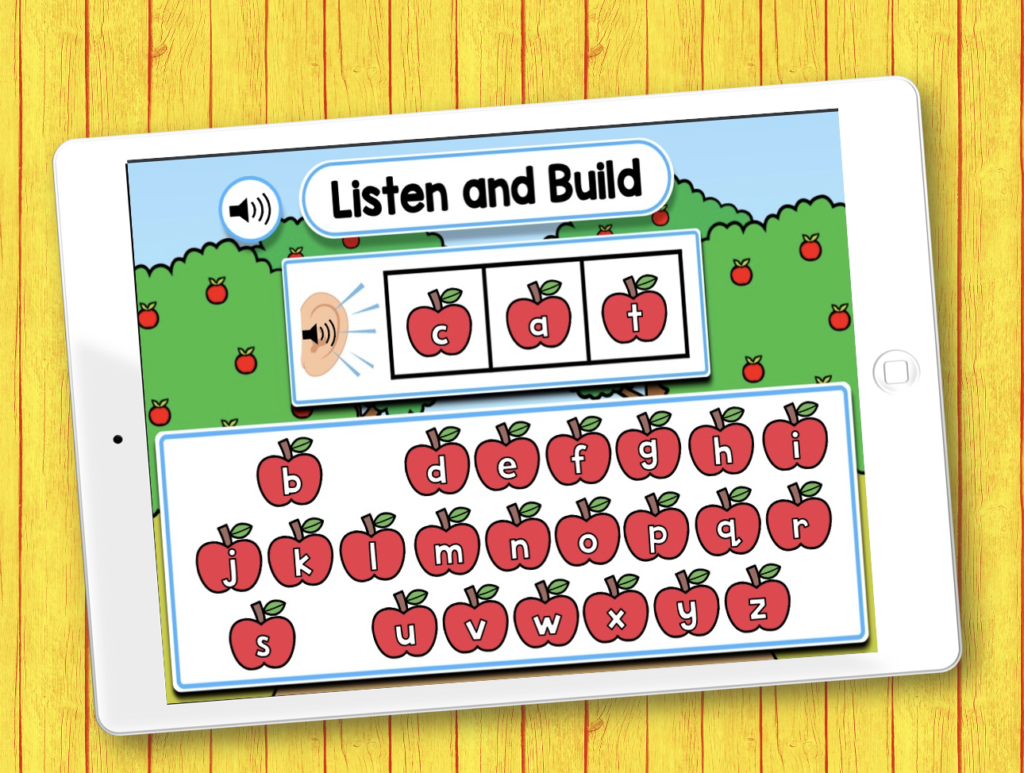
Thumbs Up, Thumbs Down
Thumbs Up, Thumbs Down is a quick, easy to implement and explain phonological awareness activity. You say a pair of words and ask students if those words rhyme. They flash a thumbs up if they rhyme or a thumbs down.
Syllable Segmenting Sort
Segmenting is breaking up words into their syllables. Students can practice counting syllables by jumping, clapping, or counting on their fingers. You can use this activity during whole group or small group. My students like sorting syllables. I say each picture, and they count the syllables and sort it. I also make this activity available during literacy centers to continue practicing the skill with a peer.
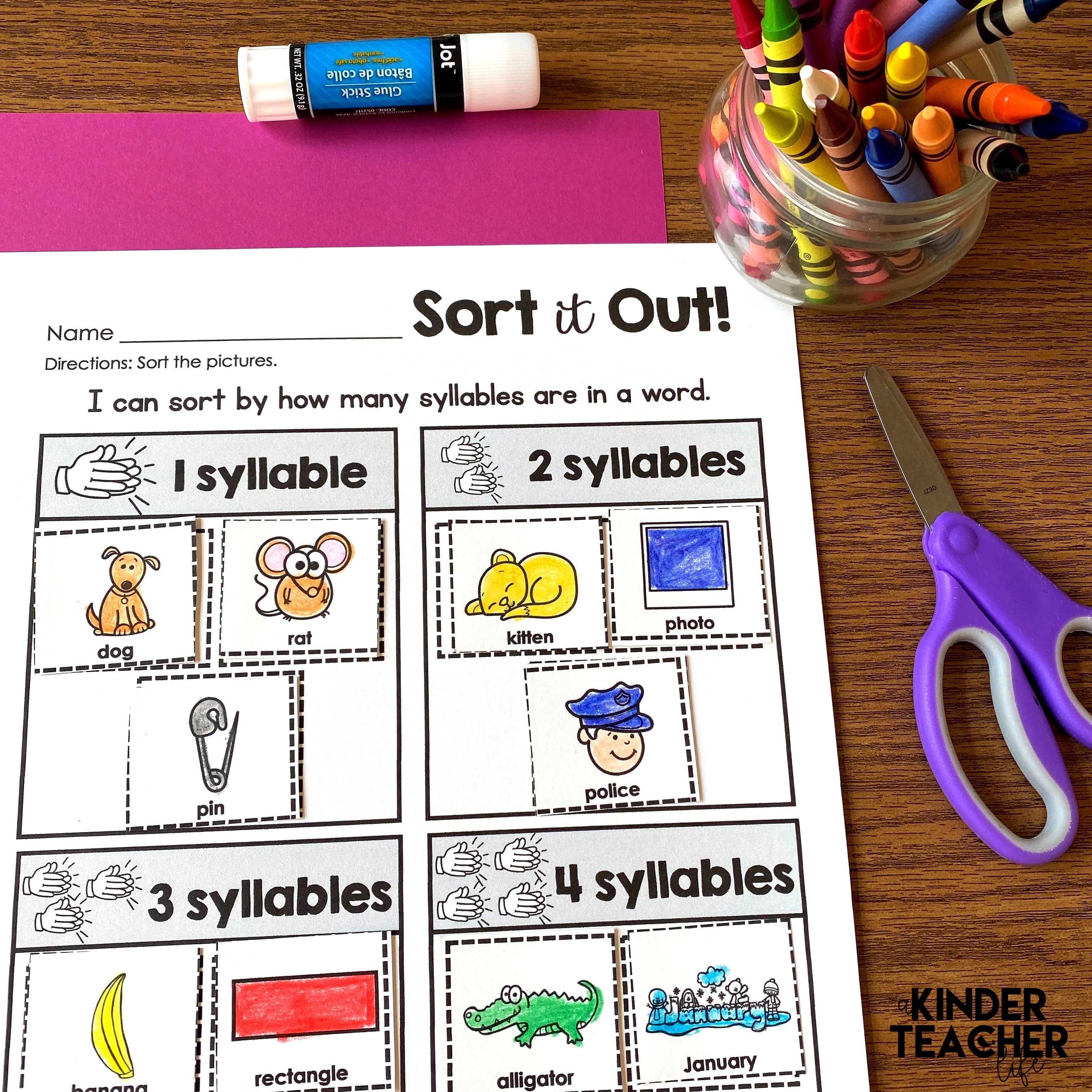
Phoneme Segmenting
Phoneme segmenting is when you break a word into its individual sounds. An example is a teacher saying the word “cat” and the student stating the individual sounds /c/ /a/ /t/. To help students master this skill, they are going to need daily practice. It should take about 5 minutes. Give each student an Elkonian box template and have them 1) push a counter for each sound they hear in the word or 2) write the word depending on the skill level or the lesson you are teaching.
You can use this activity, Build and Write, to get students practicing these skills.
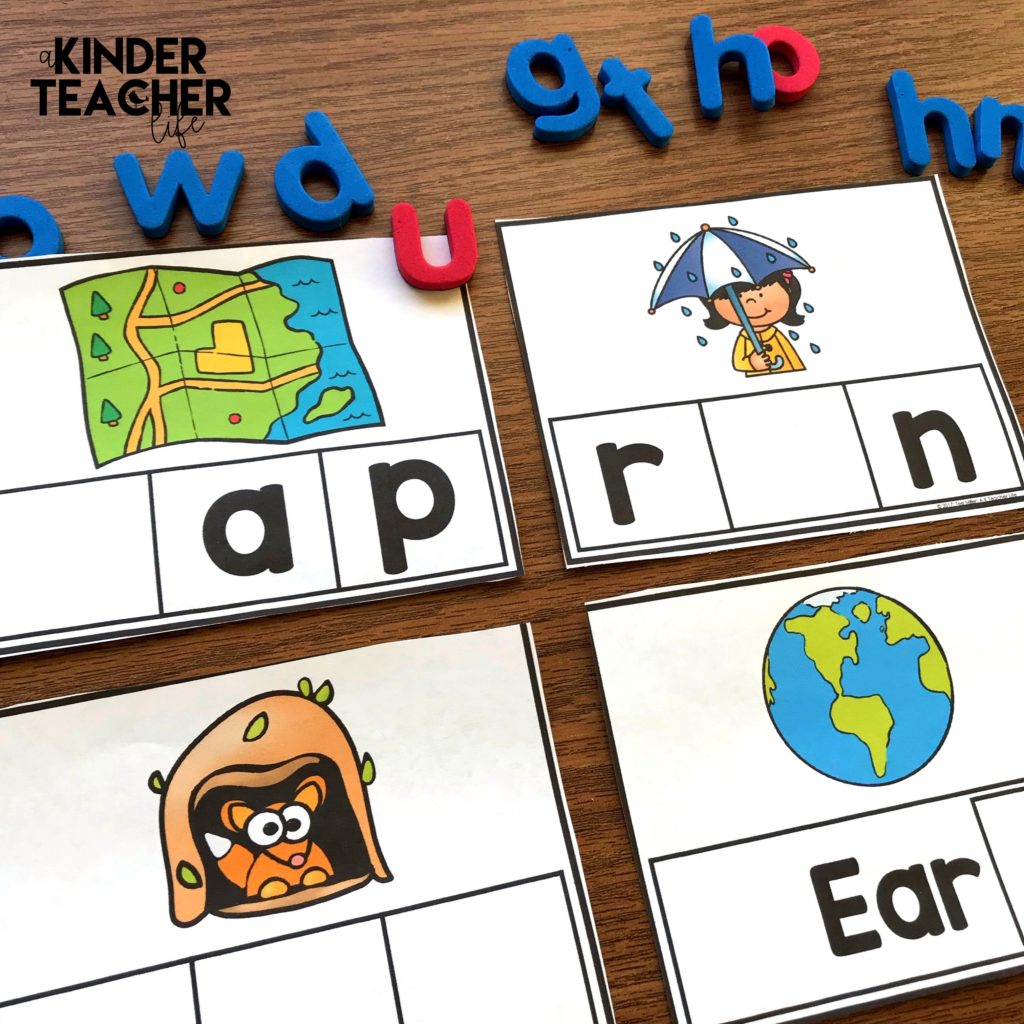
Listen and Build Digital Game
Here’s a digital phoneme segmenting game for your students to complete as an assessment, follow-up, or literacy activity. It’s simple to implement, set up, and explain to your students.
First, you need a Boom account. You can collect data on how well students do by creating an account for them, or if you want them to practice right away, you can create a fast pin. Click here to read about Boom Cards or watch and learn about Boom cards.
The directions are to listen to the word and build the word. That’s it!
Teaching phonological awareness doesn’t have to be boring on drawn out. You can use these simple hands-on activities for about 5 – 8 minutes to get your students practicing these essential skills!
What are some phonological awareness skills that you use in your classroom? Let me know in the comments section below.
Happy Teaching,
Tee


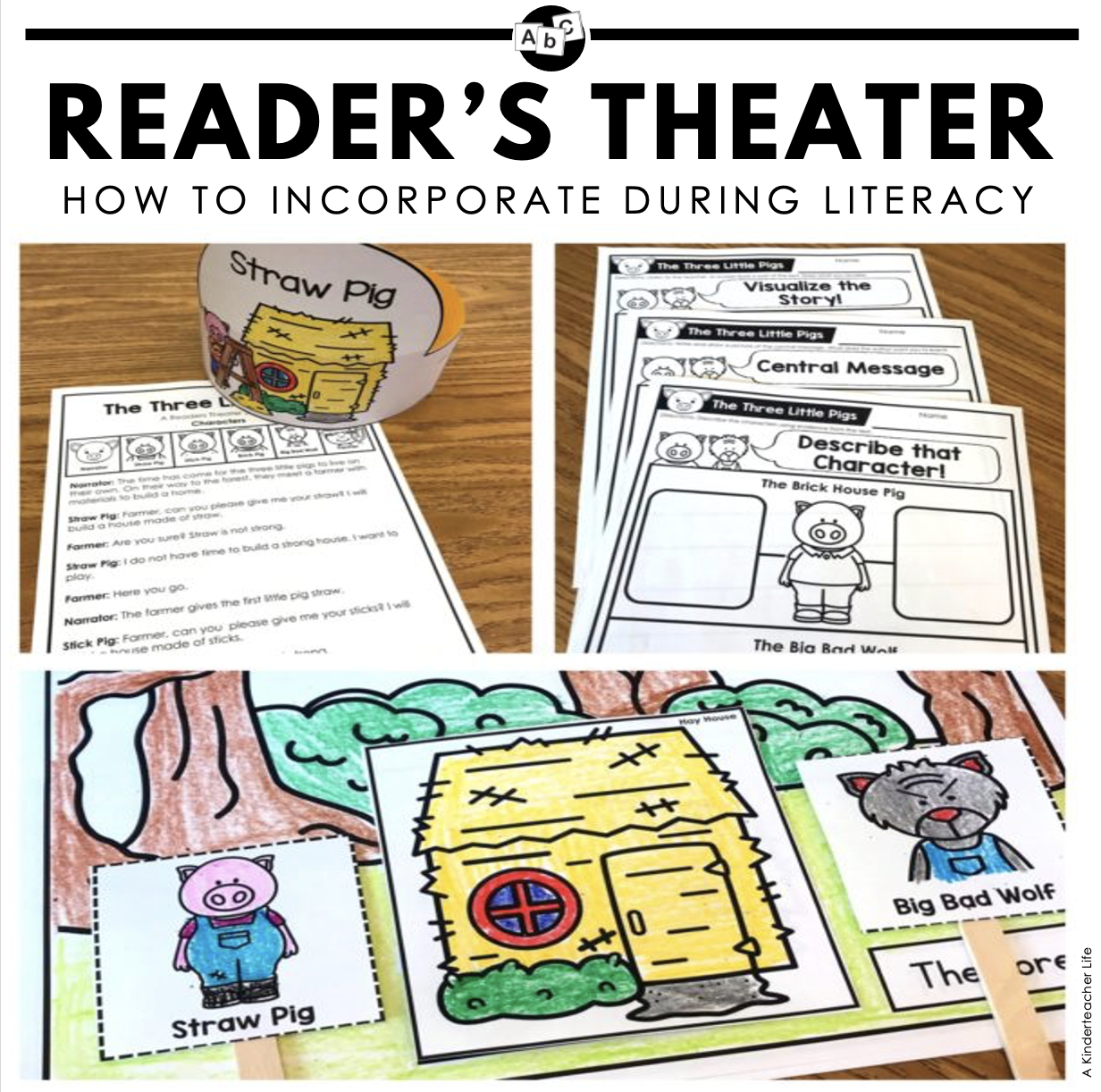
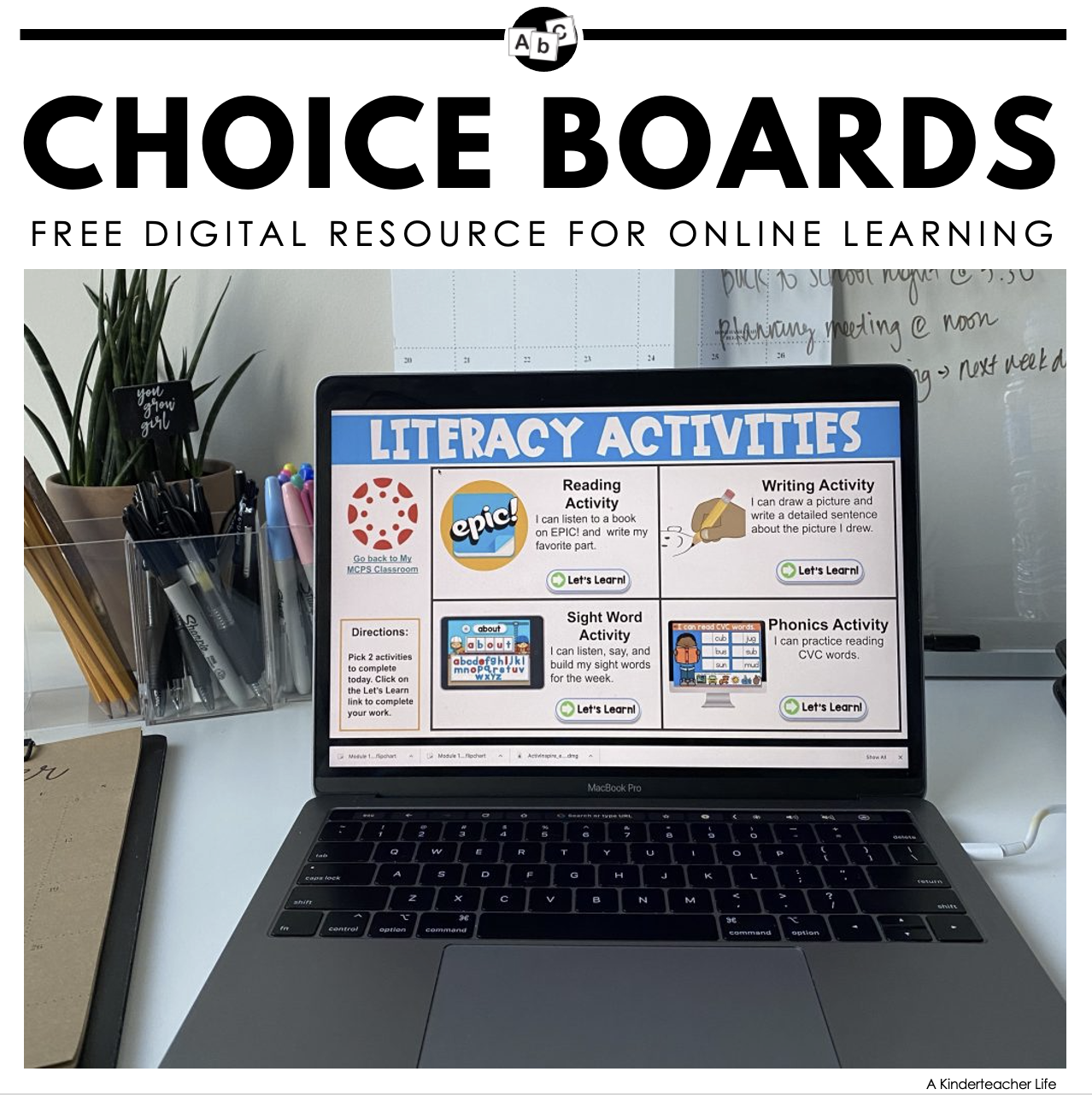

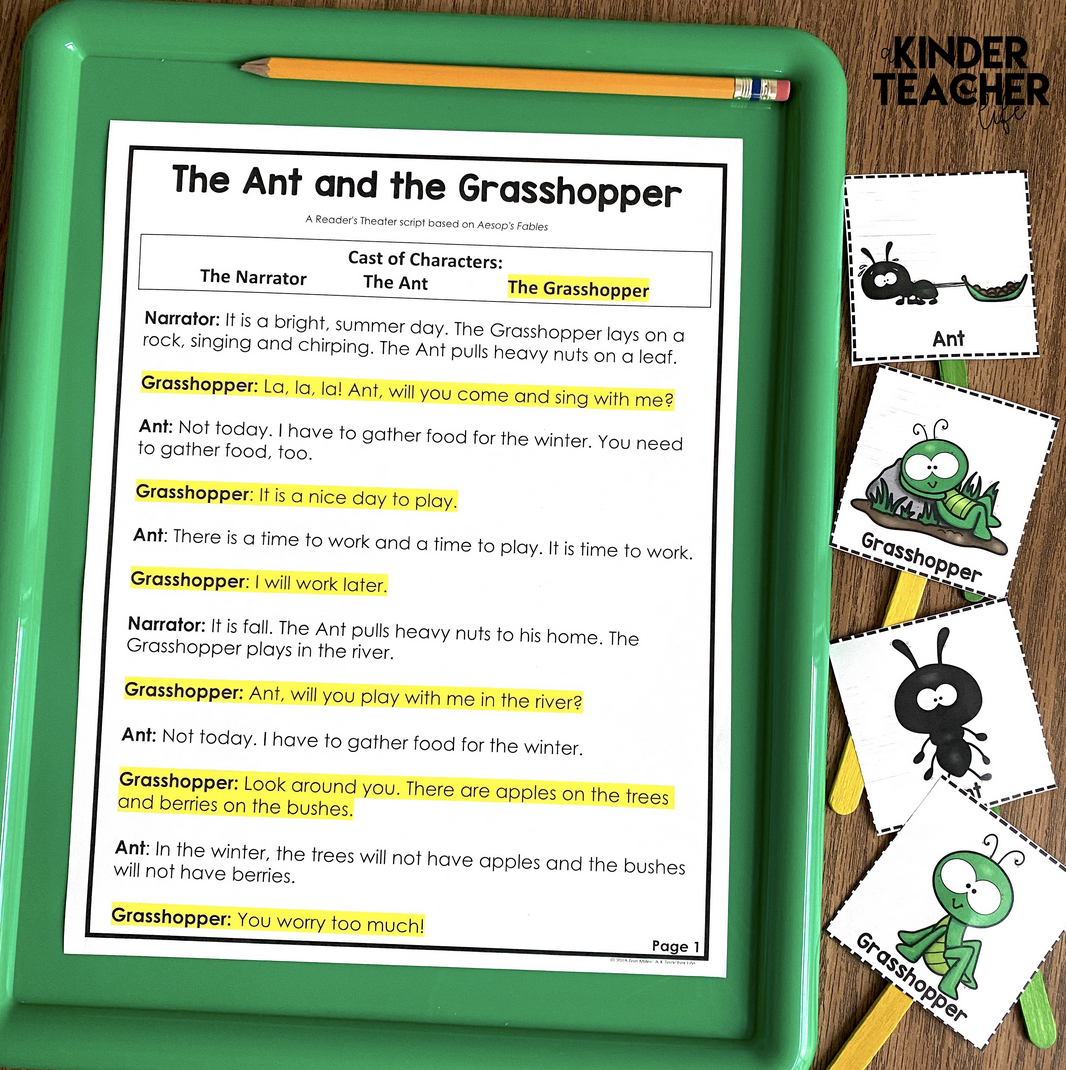
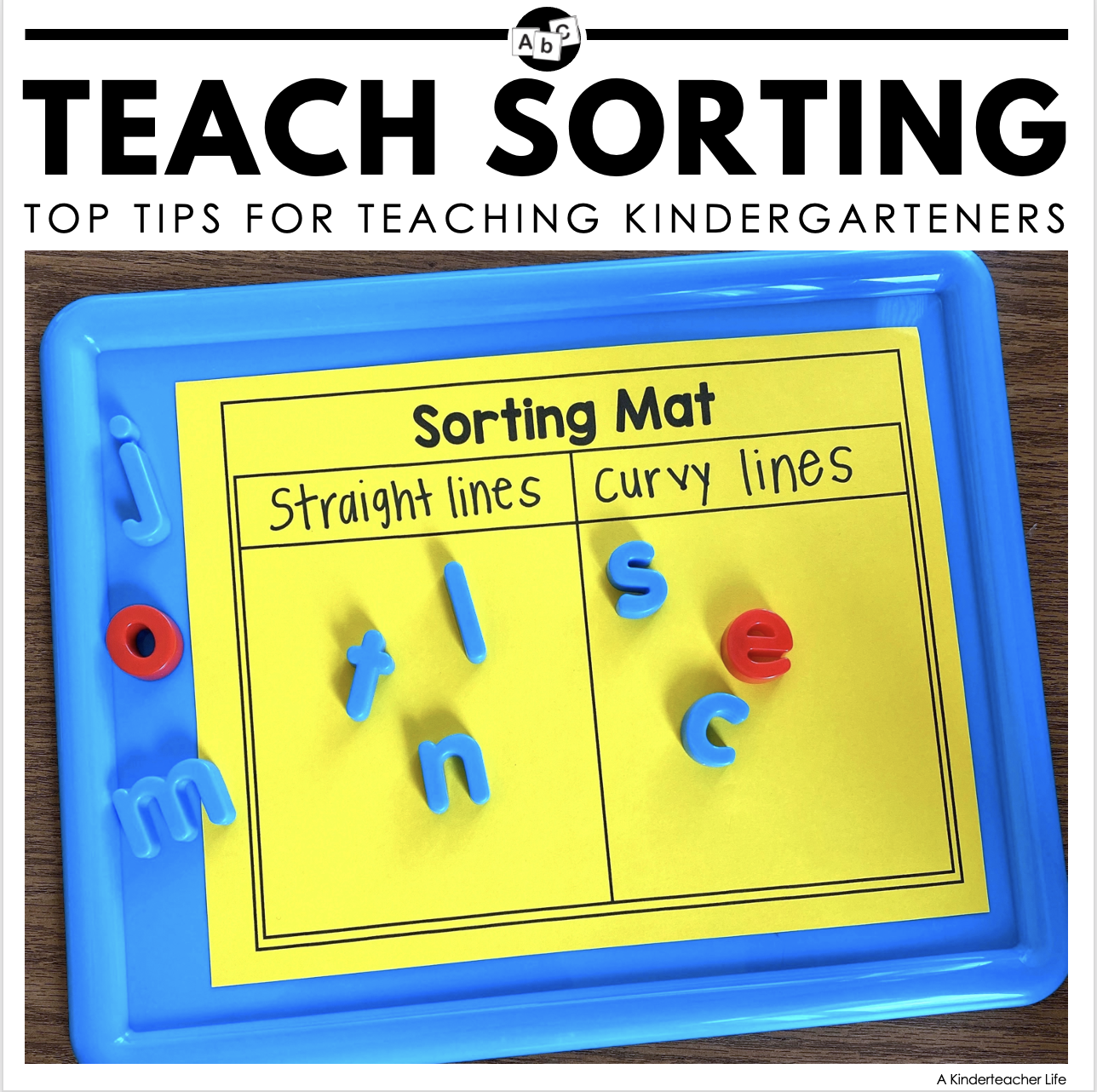

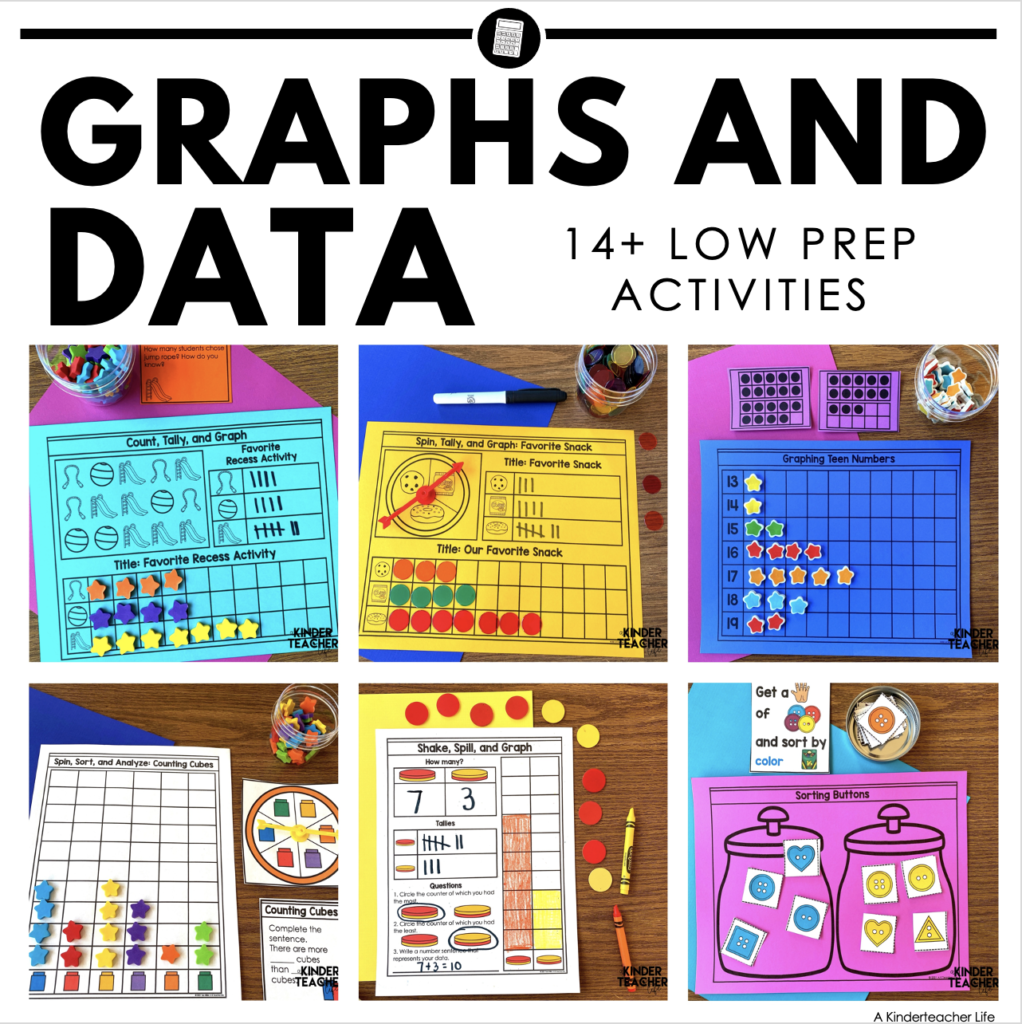
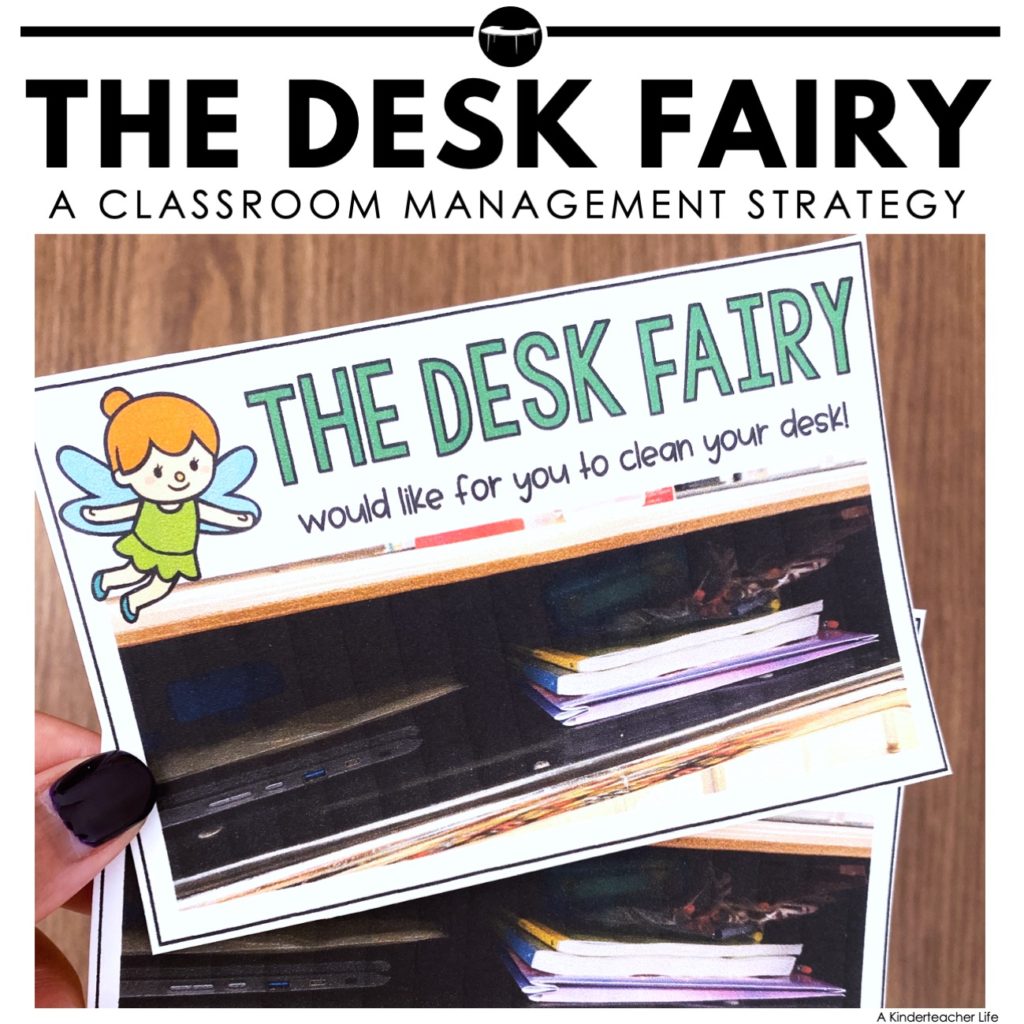

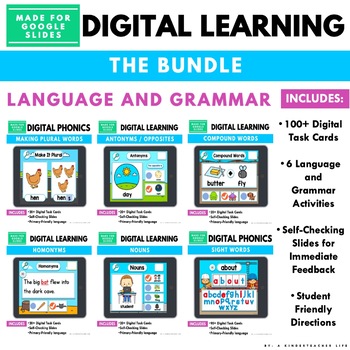
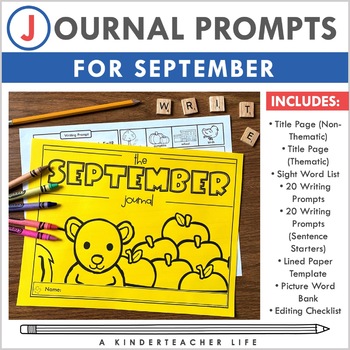
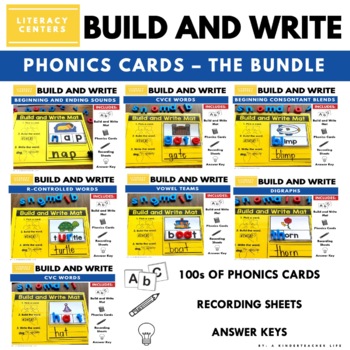

One Comment